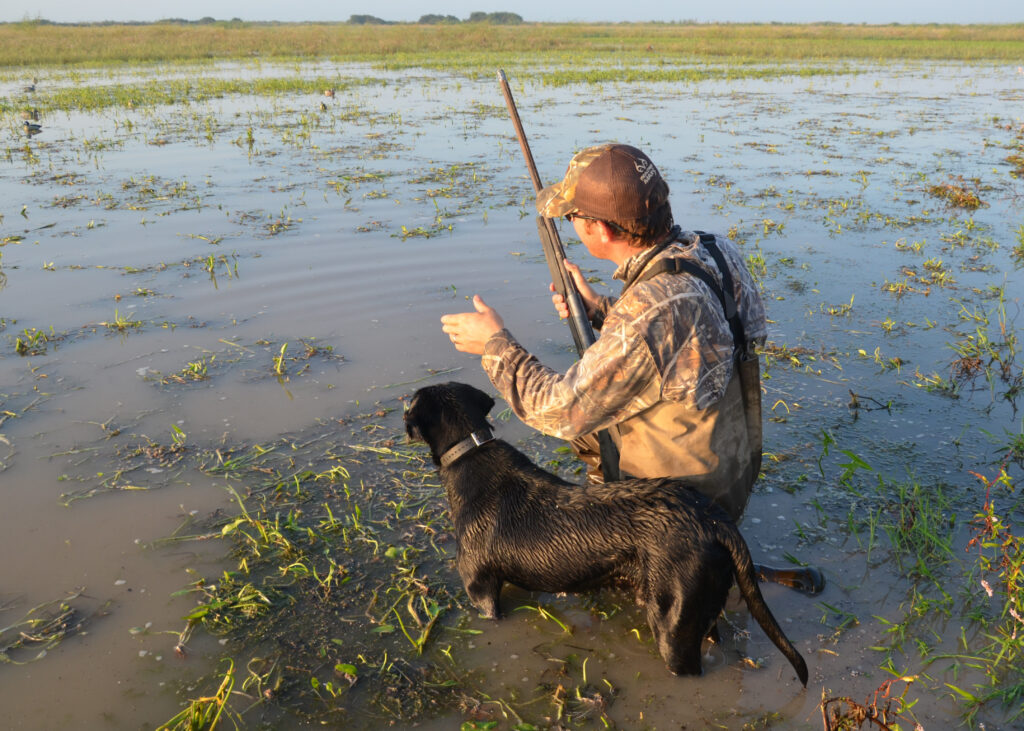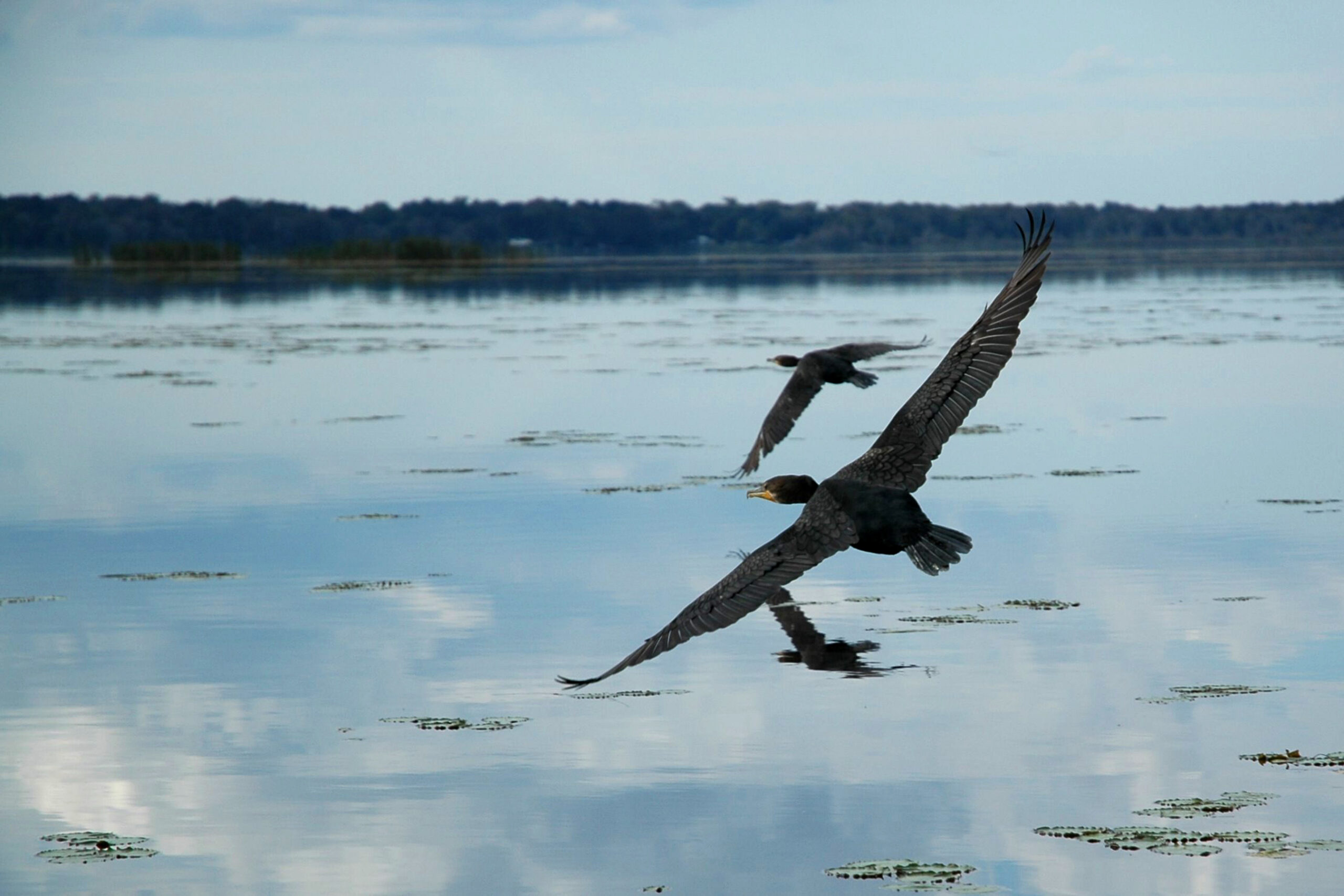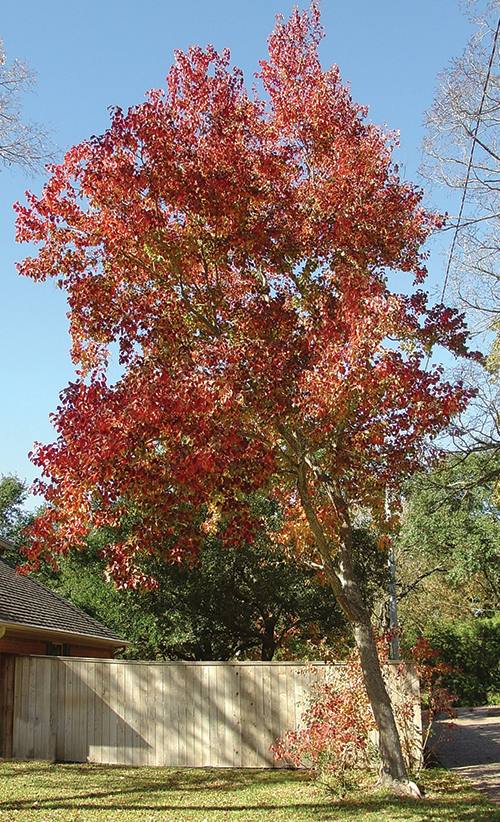For many sportsmen, especially waterfowlers, the September teal season opens another round of outdoors adventures.
Blue-winged teal migrate earlier than most other ducks and fly longer distances. Most blue-wings winter in Central or South America. Therefore, they start their southern trek earlier than other ducks that winter along the
Gulf Coast.
“Blue-winged teal migrate based upon the photoperiod, the amount of daylight in a 24-hour period,” explains Seth Maddox, assistant chief of the Wildlife Section for the Alabama Division of Wildlife & Freshwater Fisheries. “When the sun starts to set earlier and blue-wings get the first cold front on their breeding grounds, they get the push to head south. Even though they’re one of the smallest waterfowl species, they have a much longer distance to travel than other birds.”
One of the more prolific ducks, blue-winged teal breed in prairie region of Alberta, Saskatchewan, Manitoba and Ontario. Others breed in the northern United States, particularly in the Dakotas, Minnesota, Michigan and Wisconsin.
“Blue-wing numbers have blown up over the past 20 years,” Maddox says. “That’s why we can hold a special early teal season. Even though their numbers dropped down a little bit last year, their population is still well above the long-term average. We hold a September season to allow hunters to take advantage of that early migration.”
Since blue-wings migrate early, the U.S. Fish and Wildlife Service allows some states, including Alabama, to hold September teal seasons. Teal don’t stay long in the Cotton State, just a few days to feed, rest and recuperate. Then, they continue their migration southward.

“Teal usually start coming to the Mobile-Tensaw Delta around the first of September,” says Jared Knight, state biologist in Spanish Fort. “The Lower Delta marshes are probably one of the better places to hunt teal in Alabama.”
This year, the Alabama season runs nine days rather than the traditional 16 days. Alabama sportsmen can hunt teal from Sept. 13 through Sept. 21 with a limit of six per day in any combination of blue-winged and green-winged teal.
“When the blue-winged teal population is higher than 4.7 million, the federal government allows a 16-day teal season,” Maddox says. “Anything between 3.3 million and 4.7 million birds drops it down to a nine-day season. We set our seasons and bag limits a year in advance. The population estimates from the spring of 2024 showed 4.59 million blue-winged teal, which put us in a nine-day September season.”
Since blue-wings and the smaller, but closely related green-winged teal look similar before they grow their more colorful breeding plumage, sportsmen can shoot both species during the September season. The September harvest typically includes about 95 percent blue-wings.
“Blue-wings are a little bit larger than green-wings, which are one of the smallest ducks in North America,” Maddox says. “Green-winged teal have a different migratory strategy than blue-wings. They can handle the colder weather better. Blue-winged teal don’t like cold weather and they want to get out of here as fast as they can when the weather turns cold. Blue-wings aren’t heavily hunted during the regular season. Most leave Alabama before the regular season starts.”
Since all ducks look drab at this time, sportsmen hunting in September must positively identify all birds before firing. Hunters might spot some other duck species during September.
“Several other duck species also migrate by the photoperiod including gadwalls,” Maddox says. “They start coming down when the daylight length gets shorter. Normally, gadwalls start showing up in Alabama in October.”
In timbered areas, waterfowlers might see non-migratory wood ducks that breed in Alabama and stay here all year long. Sportsmen might spot non-migratory mottled ducks along the coast. In recent years, black-bellied whistling ducks have become increasingly common. Whistling ducks breed in the southern United States and migrate to Mexico or farther south when cool weather hits.
Besides the Mobile-Tensaw Delta, sportsmen in northern Alabama might want to hunt the Tennessee River system. Waterfowlers might also consider hunting Lowndes Wildlife Management Area west of Montgomery. The well-watered David K. Nelson WMA near Demopolis holds some ducks. Many lakes across the state attract teal. Try Lake Eufaula in southeastern Alabama.
“The September season offers a really good opportunity to get out, get the shotgun dusted off and get back on the water,” Maddox says. “It’s fun to get out there early and hunt these birds. They make great tablefare.”
For more information on public places to hunt, seasons, limits and other information, see outdooralabama.com/hunting.
John N. Felsher is a professional freelance writer who lives in Semmes, Ala. He also hosts an outdoors tips show for WAVH FM Talk 106.5 radio station in Mobile, Ala. Contact him at [email protected] or through Facebook.




